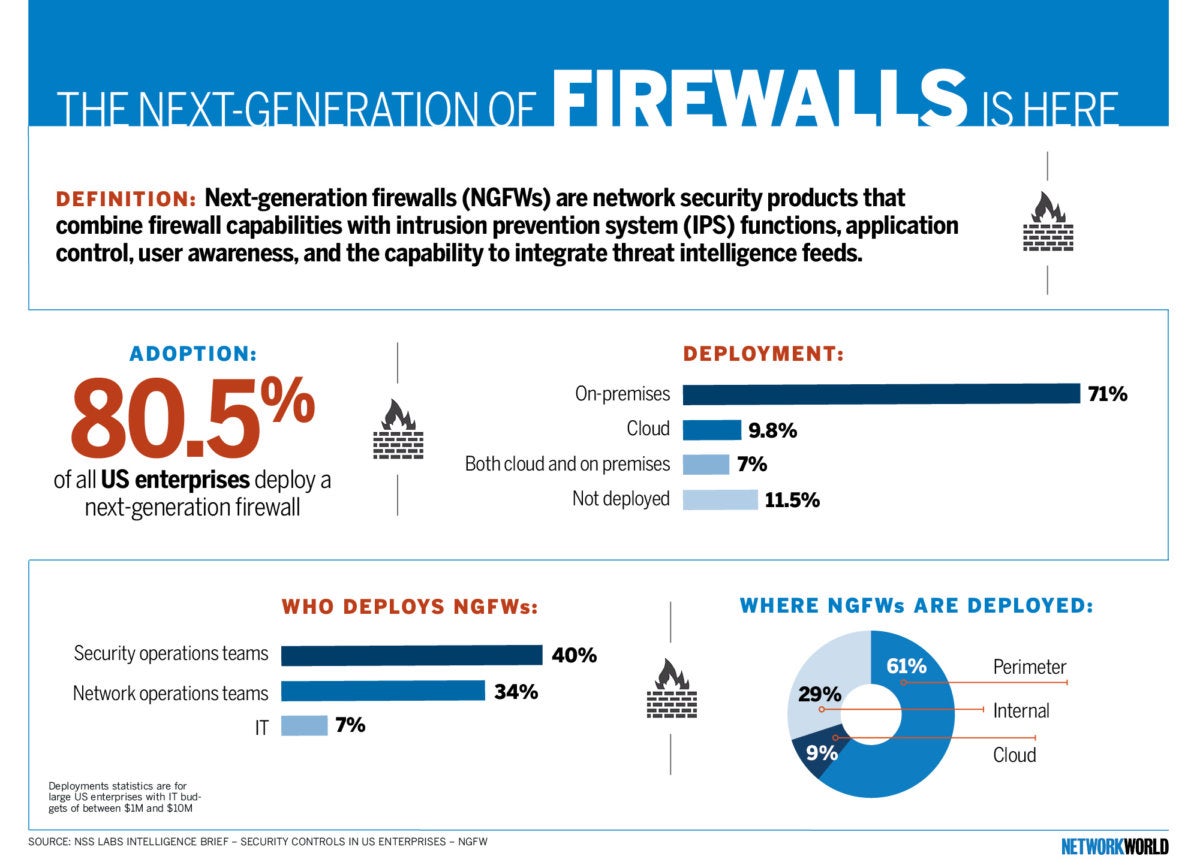

When combined, the limitations of broad-based threat visibility and an inability to integrate threat intelligence at scale, represent two significant challenges for next-generation firewalls. However, as organizations look to operationalize threat intelligence, they find it challenging to integrate threat intelligence into their nextgeneration firewalls. In light of this and in an effort to better secure their networks, organizations have increasingly adopted threat intelligence as a means to identify and respond to evolving threats. Simply put, this means that they operate with too narrow a view of the threat landscape, and therefore struggle to keep up with today’s attacks. However, there is a more fundamental challenge facing firewalls, that requires our attention, which is their reliance upon proprietary and closed threat intelligence to detect and block threats. To be fair, organizations require a lot from their firewalls, including dealing with increasing network traffic, threat volumes, encrypted traffic, and a never-ending array of functions they’re asked to perform. However, what many organizations are realizing is that their next-generation firewalls are having a tough time keeping up with today’s threats. As they scramble to adopt new network paradigms, organizations continue to rely on traditional security controls like Next-Generation Firewalls (NGFWs) to secure their businesses. Unfortunately, one aspect of the digital economy that remains constant, is the threat to the network by cyber criminals. Now more than ever, organizations are relying on their network infrastructure to maintain business continuity and support digital business initiatives. Nation-state events and global crises are challenging every aspect of how business is conducted. Today’s networks are transforming at an unprecedented speed. The Threat Intelligence Challenges with Next-Generation Firewalls


 0 kommentar(er)
0 kommentar(er)
